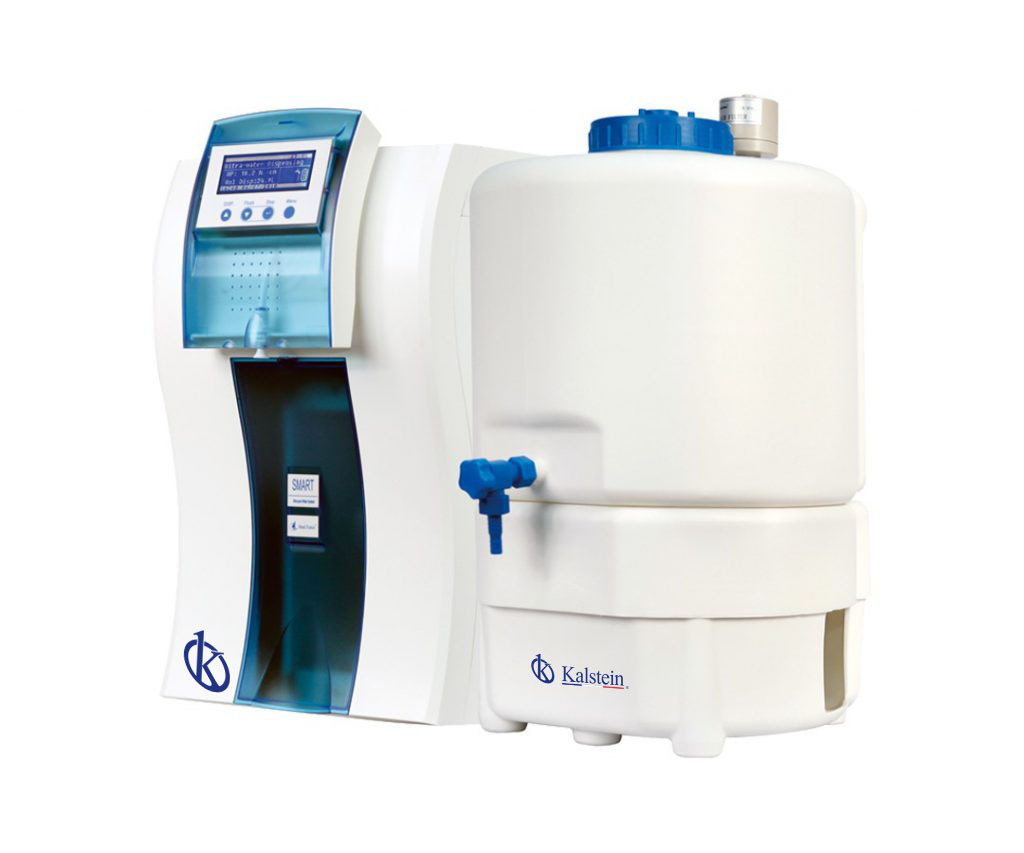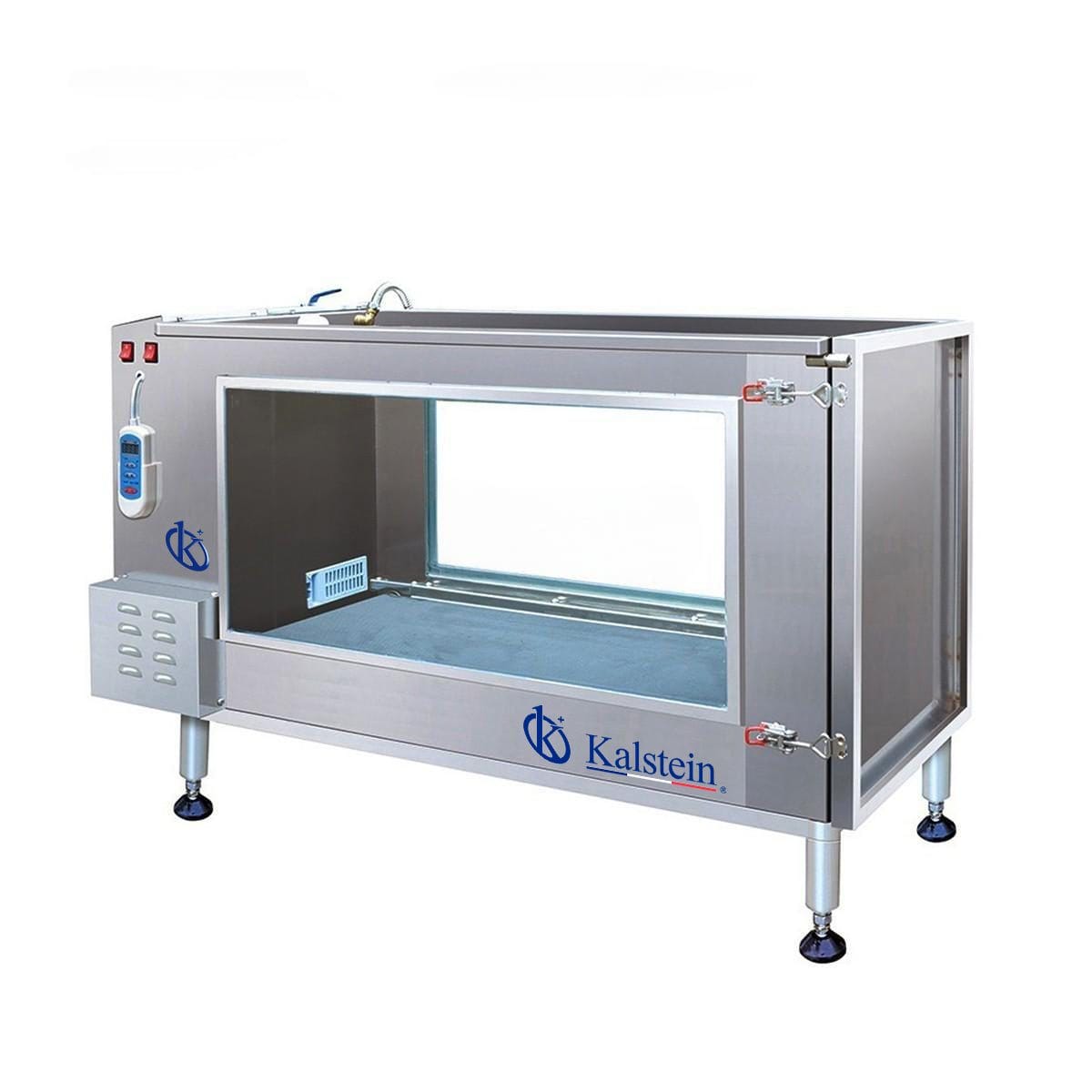Water is one of the most precious and vital riches for humanity, to the point that it is primary for life. But, despite this, it can also contain and transport microorganisms and bacteria that can potentially cause serious health problems (including high mortality rates in the developing world). Fortunately, today there are solutions to clean water from impurities, such as water purifiers.
The water purification process is based on the elimination and reduction of pollutants, such as chemicals, minerals, solids and bacteria, that may be contained in the water.
That is why some water purifiers can remove even tasteless, odorless gases, such as arsenic, from water.
In this sense, a water purifier using reverse osmosis technology can purify water by reducing multiple polluting particles at once.
Functions of Water Purification Equipment
A water purifier, is a team capable of removing water from all impurities it could contain. It is likely that the water being used contains contaminating microorganisms, and thanks to the use of various filters allow to clean the water from bacteria, as well as from harmful agents, dirt or unwanted substances. They are therefore very useful in places where water quality is lower.
It should be noted that all water content is different, so it is important to treat the water, for its application. Because the most common problems that require water treatment are usually:
- High levels of TDS in drinking water, brackish, well water.
- Contamination of microorganisms, bacteria and viruses.
- Contamination by chemicals and their derivatives.
- Elimination of water hardness.
- Water purification for use in communities or houses.
In this sense, the methods for obtaining pure water in the laboratory depend on the degree of purity of the starting water, and the technical possibilities available; the characteristics of the water produced will be different in each case. It is important to take into account that the differences in the quality of the water obtained are due to the capacity of each of the processes, to separate the dissolved substances or suspended elements present in the water we want to purify.
Water Purification Treatments
The treatments to achieve the purity of the water in the laboratory, depends on the degree and the technical possibilities available, so it is important to take into account, that the differences in the quality of the water obtained, are due to the capacity of each of the processes to separate the dissolved substances or suspended elements present in the water to be purified.
According to this, the methods for each type of water are:
- Filtered water: the basis of filtration, is to pass a liquid through a filter medium to retain particles and suspended elements, and even retain bacteria and/or absorb certain dissolved gases or molecules, such as microfiltration or ultrafiltration, but normally pass gases, salts and dissolved substances, viruses and pyrogens.
- Reverse osmosis water is a simple diffusion process through a membrane of a solvent from an area of lower concentration to another area of higher concentration in salts, without energy expenditure. Also, it consists of applying pressure on the water more concentrated in salts or contaminants, to force its passage through special semipermeable membranes obtaining thus purified water.
- Deionized or demineralized water: It is a treatment to which water is subjected to substantially eliminate its ion charge. The use of ion exchange resins allows replacing the sodium, calcium or iron cations by the protons of the resin. This type of water, can be suitable for when you need ion-free water. Storage should be in plastic or glass containers, to preserve your pH.
- Distilled water: obtained through distillation processes, in which it assumes that the water changes state, first evaporates and then condenses. Distillation is the reference process in the laboratory, to obtain the purest distillation that can be obtained with a single process, being virtually eliminated pyrogens, viruses, bacteria and most of the substances in solution.
Water Purification Systems Brand Kalstein
At Kalstein, we are manufacturers of the most comprehensive technology in trained laboratory equipment, to meet all the demands of our customers. In this case, we offer you the Water Purification Systems belonging to the YR series, with general, and attractive features, such as; The water level sensor combined with the well bottom pump allows automatic water production controls on 5 levels. Water tank capacity includes 30L and 60L. In addition, an ultra large 350 L water tank is available for special needs. The water tank is manufactured by a cylindrical mold and a blow molding process to prevent veil generation. PE material ensures low extraction rates.
In addition, we offer extensive advice, with the best experts, so that your purchase is ideal and at excellent prices. To learn more about our catalog, visit: HERE For more information, visit our website at HERE




